Introduction to Ambergris Caye
Home to Belize’s premier vacation haven, the island of Ambergris Caye is situated 58km NE of Belize City and a mere ¼ mile from the largest barrier reef in the Western Hemisphere. The caye itself is 25 miles long and up to a mile wide in some areas. San Pedro Town, the central populous and bustling resort metropolis is located on the southern portion of the island. On first glance, San Pedro would appear to resemble a typical commercialized vacation hub; however, upon further inspection it is soon realized that the town is teeming with history and tradition which is clearly rooted in the cultural diversity of its people. Although the modern day economy predominantly thrives on the prosperous tourism trade, this was not always the case. In fact, tourism is still relatively new to the island and its growth is a key component of a rich heritage marked by continuous progress and the integration of many ideas and cultures.
Brief History of Ambergris Caye
Earliest records date back to the Mayan classic- post classic period during which time the island functioned as an integral trading centre to facilitate trade between the thriving Mayan Empire which spanned from the Yucatan all the way south to Belize, Guatemala, Honduras, and Nicaragua. Originally the southernmost tip of the Yucatan Peninsula, the caye was severed from the mainland when the Mayan inhabitants dug a mile long channel at what is now the island’s northern boundary to enable a more accessible trade route between northern Belize and the Yucatan area. While trade was the foremost priority during this period, fishing was also an integral part of life as seafood provided a staple component of the traders’ diet. Indeed, the surrounding waters have proved to be a sustainable source throughout the caye’s colorful history.
The collapse of the Mayan empire in the post-classic period following the arrival of the Europeans in the 16th century substantially altered the caye’s demography. The first Europeans to settle on the island were Spanish and British buccaneers who viewed the area as a safe haven to secure their bounty which they pillaged from continuous raids on trading vessels which traversed the Central American coastline transporting valuables between the colonies and the Motherland. Amidst their raids, the buccaneers would engage in fishing and whaling as part of their livelihood. It is from these activities that the island has derived its’ name as the word “ambergris” refers to the oily excrement found inside the stomach of a whale that commonly washed ashore and was later used in the manufacture of perfume. The buccaneers maintained temporary settlements until the 18th century when strict jurisdiction in relation to piracy was implemented by the colonizing body and the expansion of logwood camps on the mainland began to provide more viable economic opportunities for the growing number of vagrants.
The caye was sparsely settled until the mid 1800s when there was a steady influx of Mestizo refugees from the Mexican Caste Wars. The new wave of settlers primarily sustained themselves by fishing and later engaged in the development of coconut plantations of “cocals” as they were commonly known. Trade relations were established with loggers on the mainland who also cut to a lesser extent on some portions of the island, some of whom hired a number of Mestizo workers in the process.
The cocals thrived as the mainstay of the island economy until the 1950s when they were practically decimated by a series of severe hurricanes. At this time there was a significant rise in lobster fishing which was further escalated by the formation of an official cooperative that spawned the acquisition of the first freezer plant in the 1960s. As people began to flock to the area in seek employment as part of the popular lobster industry, there was a growing necessity for guest house accommodation. In 1965, the first guest house, the original Holiday Hotel, was established and paved the way for several similar enterprises over coming years. The first guesthouses typically originated as a few renovated rooms within private homes which certainly accounts for the trademark hospitable laid-back atmosphere for which San Pedro is now renowned.
As more visitors flocked to the area, there was also an increased demand for recreational activities for the amusement of hotel guests. Many fishermen decided to capitalize on their home spun knowledge of the caye’s natural attractions and sought to earn an additional income by doubling as fishing or dive guides for tourists. Small tour operations gradually developed which served to pave the way for the abundance of snorkeling, sailing, jet skiing, and parasailing operations that exist today.
San Pedro in the new millennium
Today the continued tourism explosion has had a marked effect on the town’s infrastructure and what was once an uninterrupted stretch of pristine sandy beach is now lined with resorts, piers, and dive-shops for as far as the eye can see. The fishing industry, once focused on local sustainability is now primarily concentrated on supplying the abundance of restaurants with a diverse array of seafood to cater to their guests. The majority of locals and an ever escalating number of immigrants from the mainland are now involved in some aspect of the tourist trade. From gift shop clerks, hoteliers, and gold cart renters to waiters, bartenders, and tour guides, everyone shares in the profitability of the growing tourism pie.
The rise of tourism
The continued expansion of San Pedro’s thriving tourism sector can be attributed to a combination of effective marketing and a favorable vacation environment. Indeed, intense international exposure touting the grandeur of the nearby reef, specifically the attraction of the Hol Chan Marine Reserve has caused arrivals to soar since the 1990s. Despite the onslaught of development, the town has still managed to hold on to its native charisma and maintains a strong cultural element. In fact, there are a number of cultural festivities and presentations that run throughout the year, the most popular being the annual Costa Maya Festival. San Pedranos are notoriously proud of their heritage and eager for visitors to share in the overall island experience. Their hospitable nature literally has tourists “coming back for more”. While maintaining some semblance of the stereotypical isolated tropical island, the caye is highly accessible via a recently expanded modern airstrip which accommodates a growing number of Cessna caravans and islander aircraft provided by two major local airlines with regularly scheduled flights between the international airport and municipal airstrip in Belize City. An expanding water taxi association also serves the island as do a number of private boat charters provided by many of the surrounding hotels.


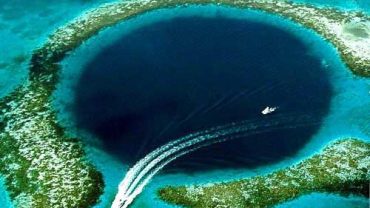
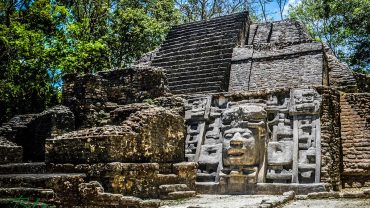
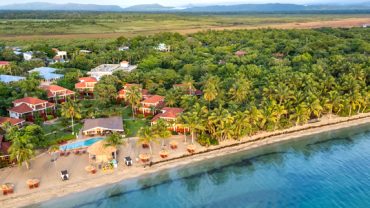





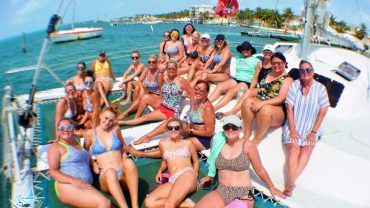

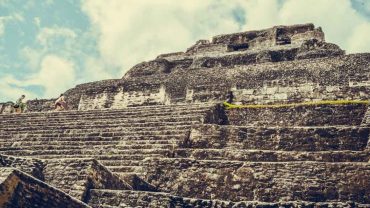


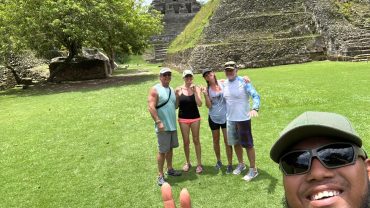
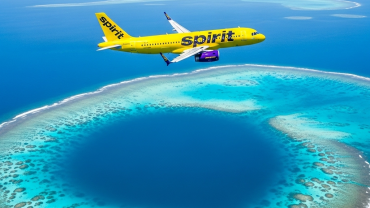
Comment (0)